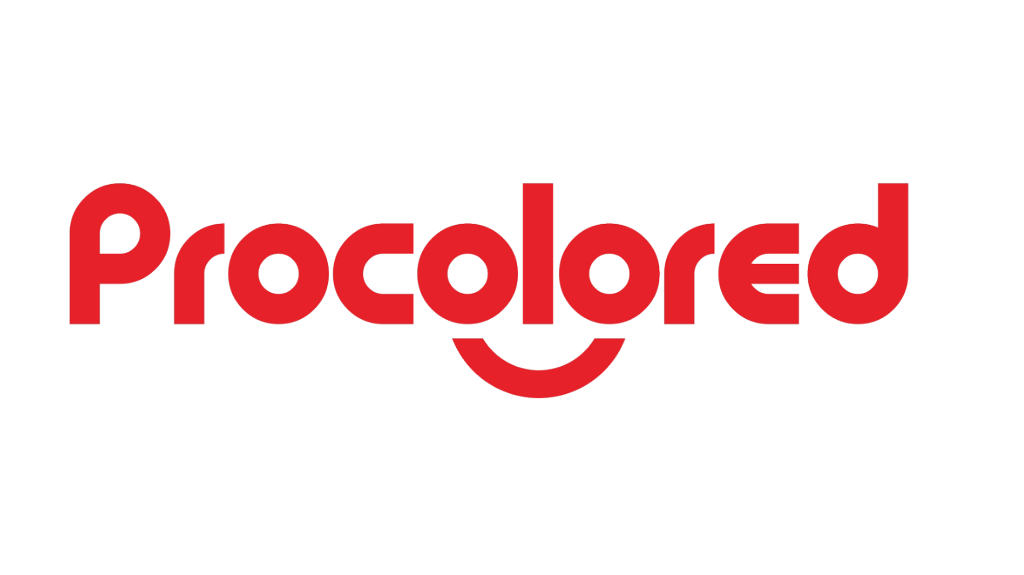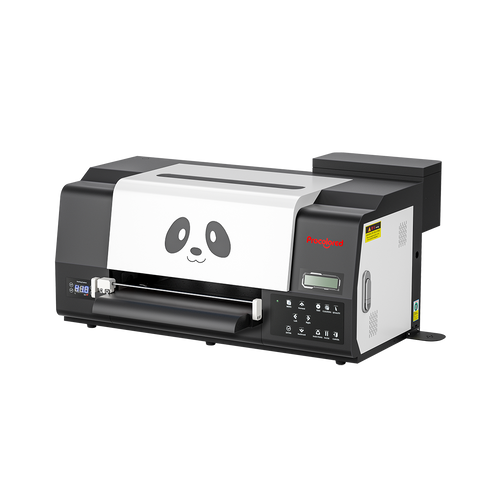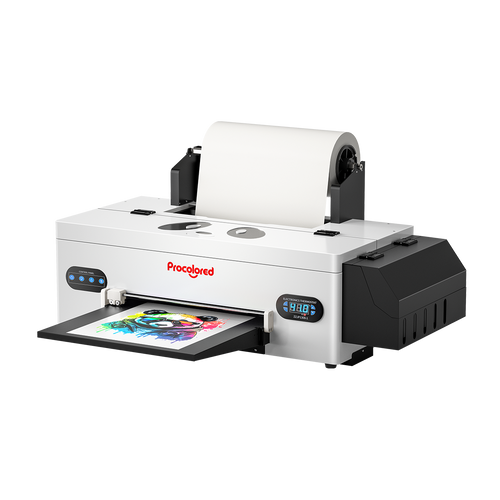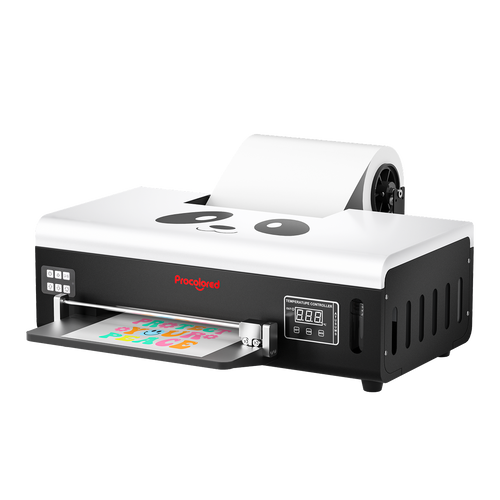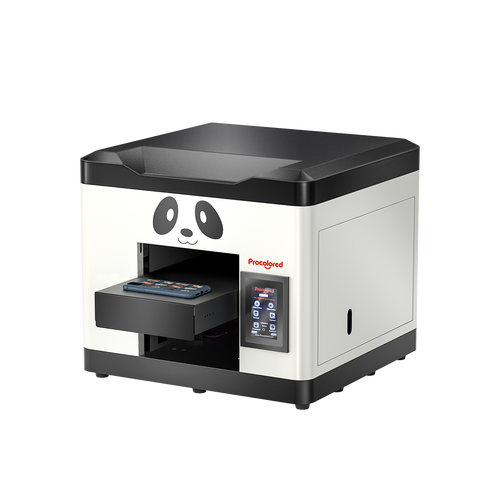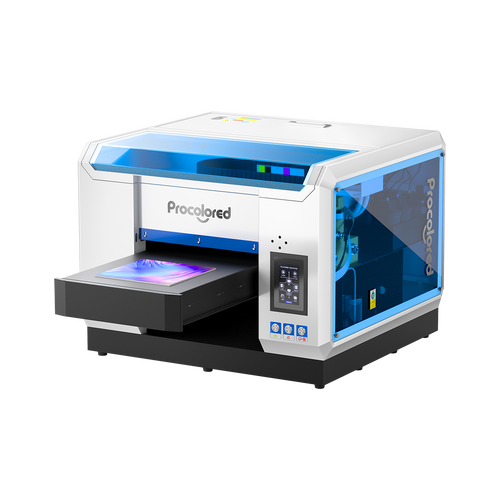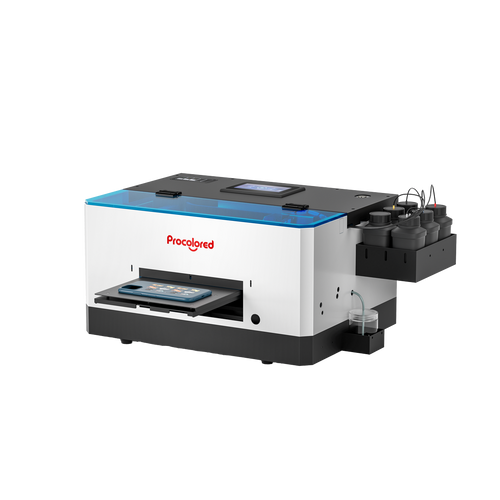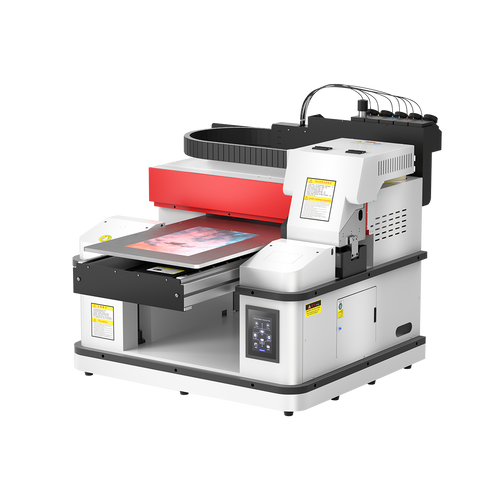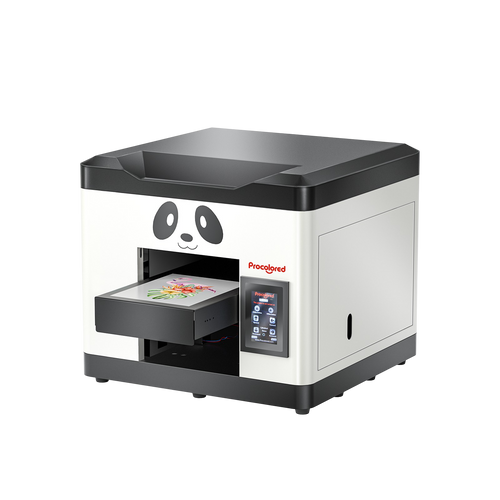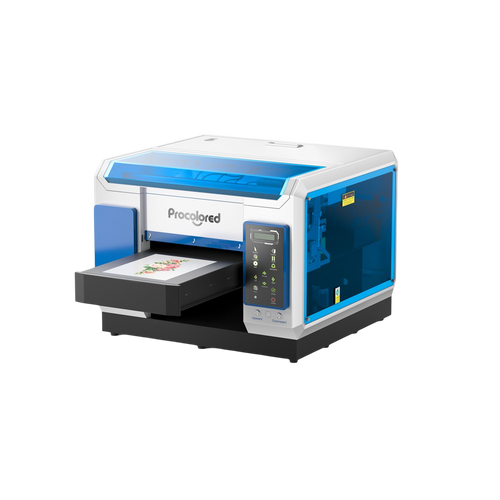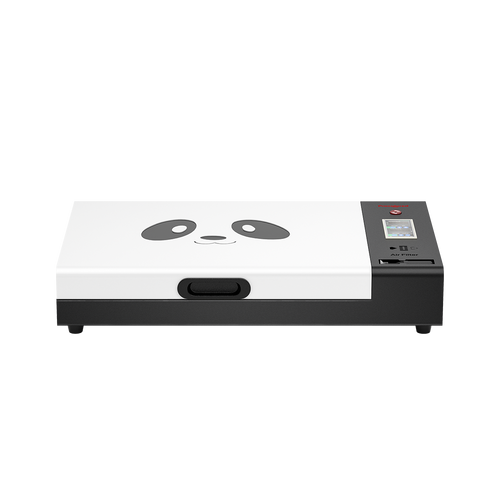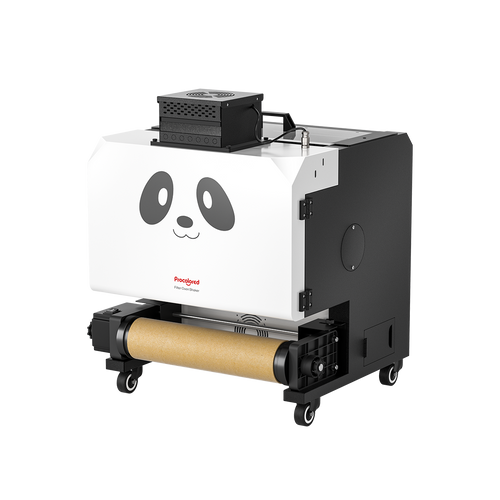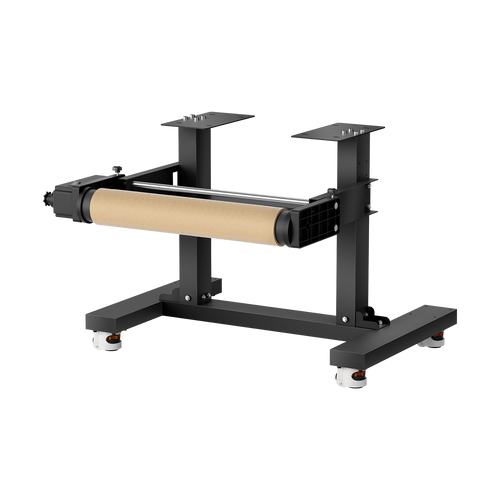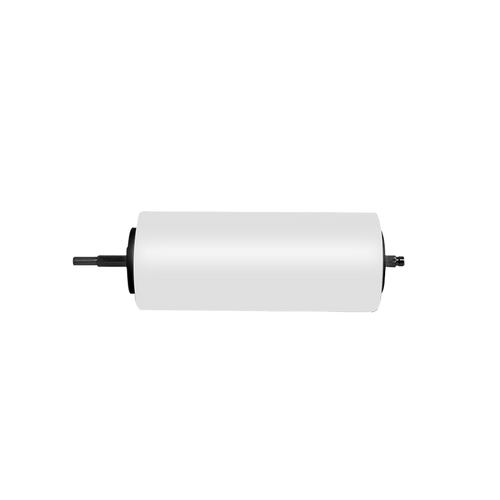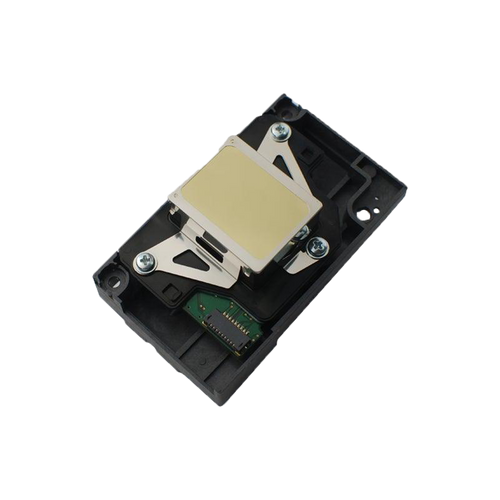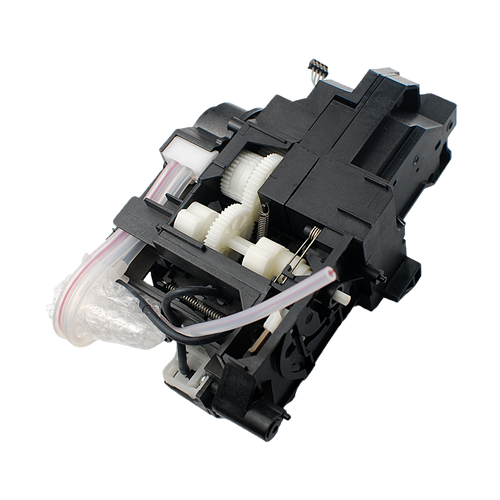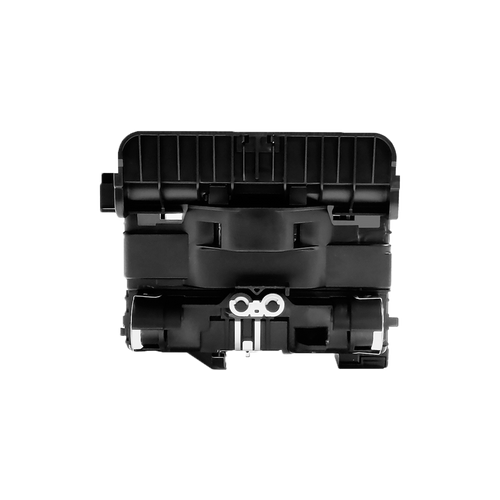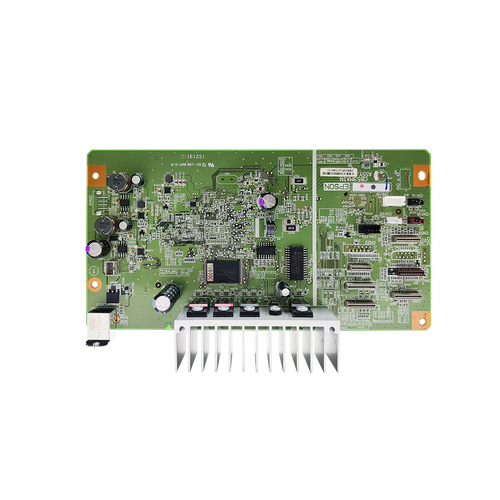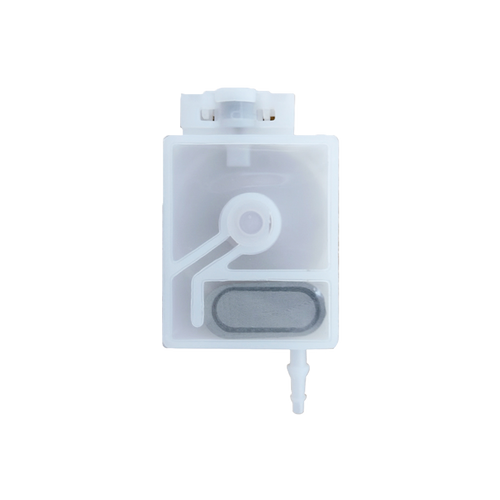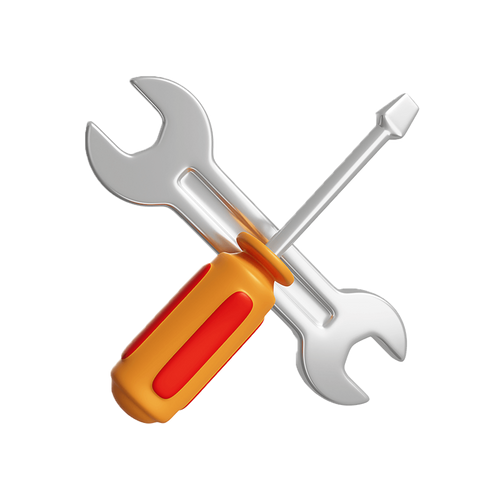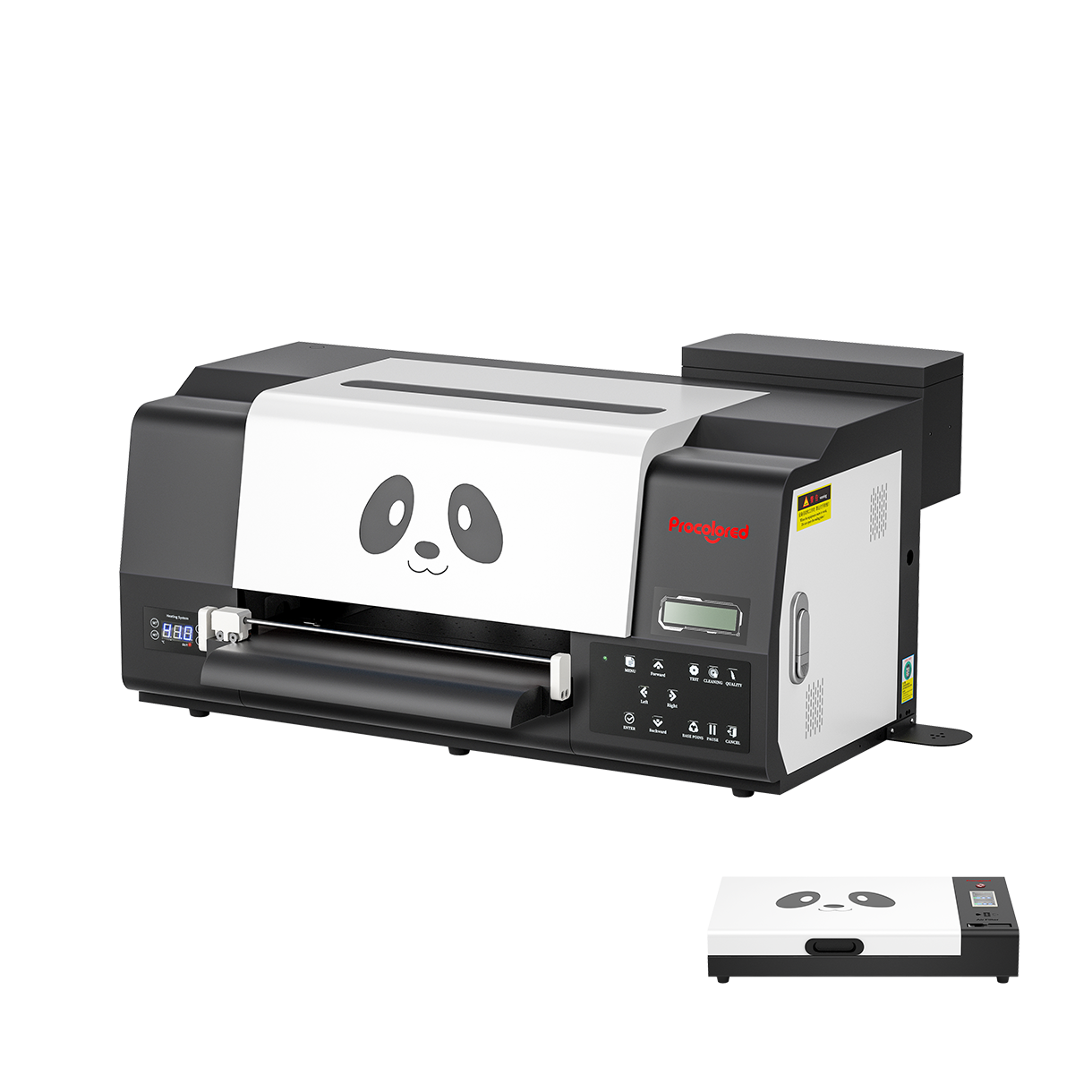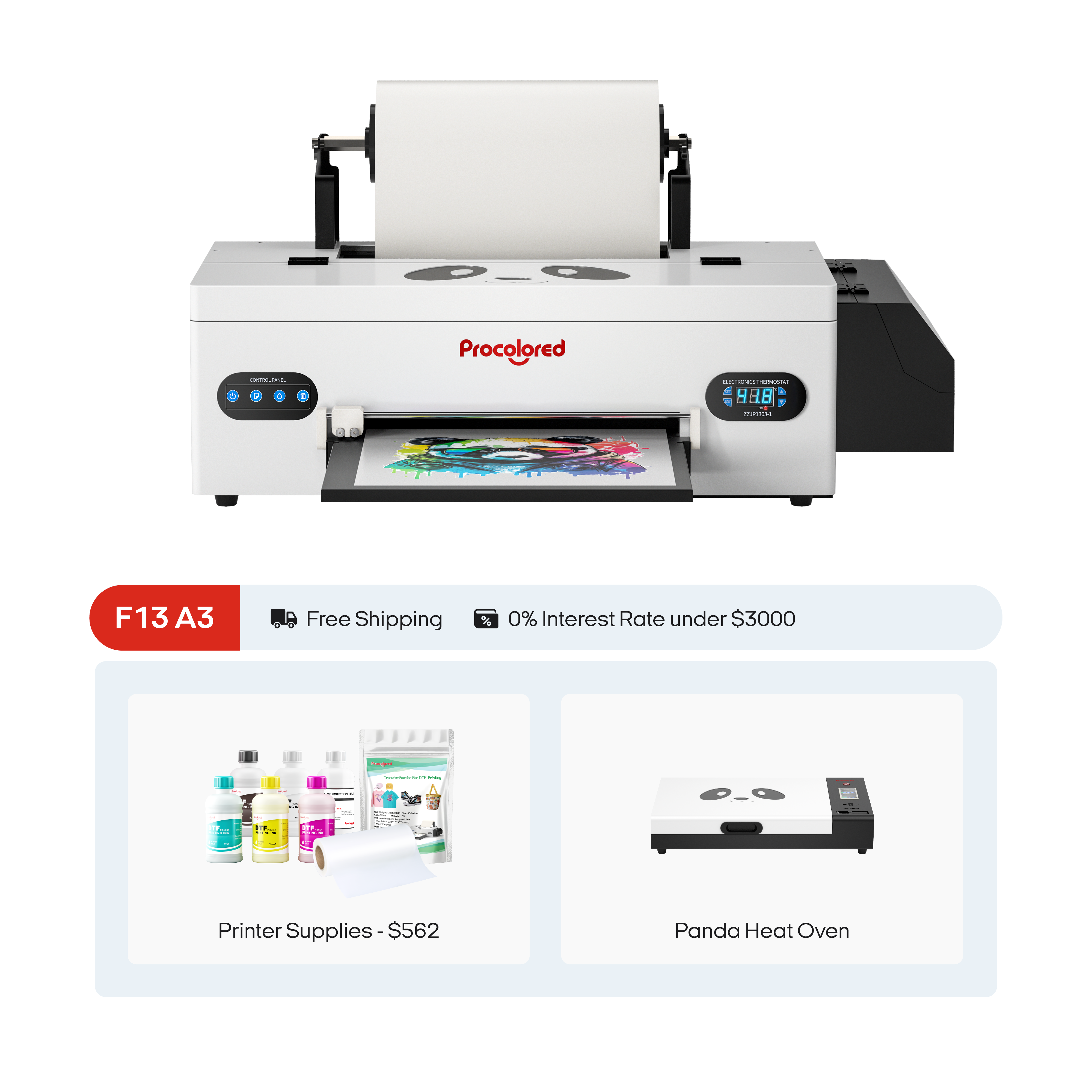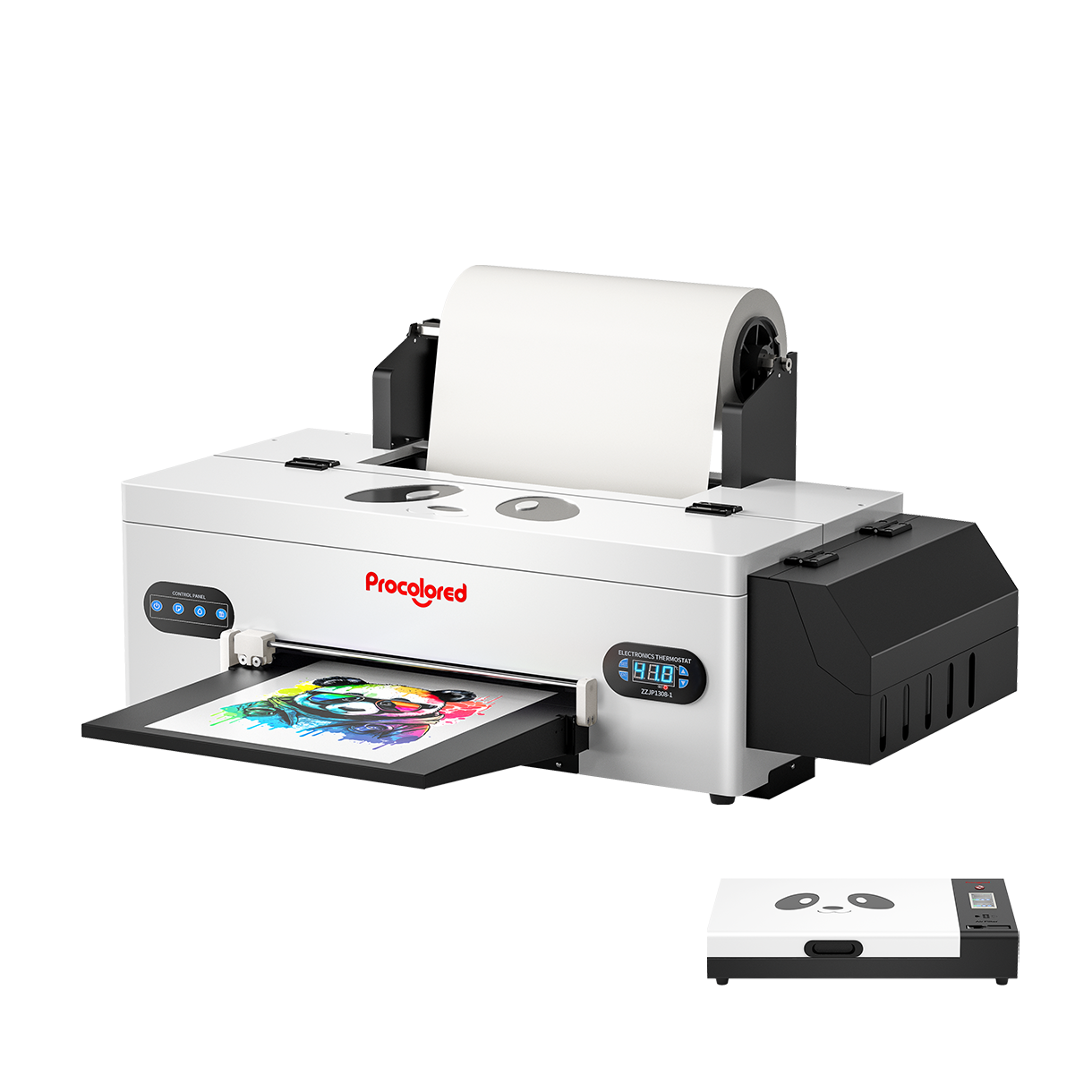In recent years, with the increasing demand for customization on textile, the textile printing industry has experienced rapid growth in the European and American markets. More and more companies and individuals have turned to DTF technology. DTF printers are simple and convenient to use, and you can print whatever you want. In addition, DTF printers are now reliable and cost-effective machines. Direct-to-Film (DTF) means prints a design onto a special film for transfer to garments. Its thermal transfer process has similar durability to traditional screen printing.
DTF printing offers a wider range of applications than other printing technologies. DTF patterns can be transferred to a variety of fabrics, including cotton, nylon, rayon, polyester, leather, silk, and more. It revolutionized the textile industry and updated textile creation for the digital era.
DTF printing is great for small and medium business, especially Esty DIY custom shop owners. In addition to t-shirts, DTF also allows creators to make DIY hats, bags, and more. DTF printing is more sustainable and less expensive than other printing methods, and with the growing interest in sustainability in the fashion industry, another advantage of DTF printing over conventional printing is its highly sustainable technology.
What things are required to get started with DTF Printing?
- DTF Printer
Alternatively known as DTF Modified Printers, direct-to-film printers. Simple six-color ink-tank printers like the Epson L1800, R1390, and so on are the mainstays of this group of printers. There are six distinct colors in this printer series. White DTF inks may be placed in the printer’s LC and LM tanks, making operation easier. There are also professional board machines, which are specially developed for DTF printing, such as Procolored dual-head DTF pro machine, Its printing speed has been greatly improved, with an adsorption platform, white ink stirring and white ink circulation system, which can get better printing results.

- Consumables: PET films, adhesive powder and DTF printing ink
PET films: Also called as transfer films, the DTF printing uses PET films, which are made from polyethylene and terephthalate. With a thickness of 0.75mm, they offer superior transmission capabilities, DTF films are also available in rolls (used with DTF 1800 roller printer and DTF pro printer). The efficiency will be greatly improved if the roll films can also be used with automatic powder shaking machine, It enables to make the full process automated, you just need to transfer the films onto garment.

Adhesive powder: In addition to being a binding agent, the DTF printing powder is white and functions as an adhesive substance. it makes the pattern washable and ductile, and the pattern can be fully integrated with the garment.DTF powder has been specifically formulated for use with DTF printing, it can stick precisely to ink and not the film.Our soft and stretchy powder with warm feel. Perfect for t-shirts printing.
DTF ink: Cyan, Magenta, Yellow, Black, and White pigment inks are required for DTF Printers. A unique component known as white ink is used to lay down a white foundation on the film on which the colorful pattern will be produced, white ink layer will make the colors ink more vivid and bright, ensuring the integrity of the pattern after transfer, and white ink can also be used to print white patterns.
- DTF Printing Software
As part of the process, the software is crucial. A large part of the Software’s effect is on print qualities, ink color performance, and final print quality on the cloth following transfer. When printing DTF, you’ll want to use an image-processing application capable of handling both CMYK and white colors. All of the elements that contribute to an optimal print output are controlled by DTF Printing’s software.
- Curing Oven
A curing oven is a tiny industrial oven used to melt the hot melt powder that has been placed on the transfer film. The oven we produced is specially used for curing adhesive powder on A3 size transfer film
- Heat Press Machine
The heat press machine is used mainly for transferring the image printed on the film onto the fabric. Before starting to transfer the pet film to the T-shirt, You can iron the clothes with a heat press first to ensure that the clothes are smooth and make the pattern transfer complete and evenly
- Automatic Powder Shaker(Alternative)
It is used in commercial DTF installations to apply the powder evenly and to remove the residual powder, among other things. It is very efficient with the machine when you have a lot of printing tasks everyday, if you are a newbie, you can choose not to use it, and shake the adhesive powder onto the film manually
Direct to Film Printing Process
Step 1 – Print on Film
Instead of regular paper, insert the PET film into the printer trays. First, adjust your printer's settings to choose to print the color layer before the white layer. Then import your pattern into the software and adjust to the appropriate size. The important point to remember is that the print on the film must be a mirror image of the actual image that needs to appear on the fabric.

Step 2 –Spread powder
This step is the application of hot-melt adhesive powder on the film that has the printed image on it. The powder is applied uniformly when the ink is wet and the excess powder needs to be removed carefully. The important thing is to ensure that the powder is evenly spread all over the printed surface on the film.
One very common way to ensure this is to hold the film at its short edges such that its long edges are parallel to the floor (landscape orientation) and pour the powder in the middle of the film from top to bottom such that it forms an approximately 1-inch thick heap in the center from the top to the bottom.
Pick up the film together with the powder and slightly bend it inwards such that it forms a slight U with the concave surface facing oneself. Now rock this film from left to right very lightly such that the powder will slowly and evenly spread all across the surface of the film. Alternately, you can use automated shakers available for commercial setups.

Step 3 – Melt powder
As in the name, the powder is melted in this step. This can be done in various ways. The most common way is to put the film with the printed image and the applied powder in the Curing Oven and heat.
it is highly recommended to go by the manufacturer’s specification for powder melting. Depending upon the powder and equipment, the heating is generally done for 2 to 5 minutes with the temperature around 160 to 170 degrees Celsius.

Step 4 – Transfer the pattern onto garment
This step involves pre-pressing the fabric before transferring the image onto the garment. The garment need to be kept in the heat press and pressurized under heat for about 2 to 5 seconds. This is done to flatten the fabric and also ensure de-humidification of the fabric. The pre-pressing helps in the proper transfer of the image from the film onto the fabric.
Transfer is the heart of the DTF printing process. The PET film with the image and the melted powder is placed on the pre-pressed fabric in the heat press for a strong adhesion between the film and the fabric. This process is also called ‘curing’. The curing is done at a temperature range of 160 to 170 degrees Celsius for approximately 15 to 20secomds. The film is now firmly attached to the fabric.
Step 5 – Cold peel off the film
The fabric and the now attached film on it must cool down to room temperature before one pulls the film off. Since the hot melt has a nature similar to amides, as it cools down, it acts as a binder that holds the colored pigment in the inks in firm adhesion with the fibers of the fabric. Once the film is cooled, it must be peeled off the fabric, leaving the required design printed in ink over the fabric.

Pros and Cons of Direct to Film Printing
Pros
- Works with almost all types of fabrics
- Garment does not require pre-treatment
- The Fabrics thus designed exhibit good wash characteristics.
- The fabric has a very slight hand feel the touch
- The process is faster and less tedious than DTG printing
Cons
- The feel of the printed areas is slightly affected when compared to that of fabrics designed with Sublimation printing
- As compared to sublimation printing, the color vibrancy is slightly low.
Cost of the DTF Printing:
Except the cost of purchasing printers and other equipment, let's calculate the cost of consumables for a A3-size image:
DTF film: 1pcs A3 film
DTF ink: 2.5ml (It takes 20ml of ink to print one square meter, so only 2.5ml of DTF ink is needed for an A3 size image)
DTF Powder: about 15g
So the total consumption of consumables for printing a T-shirt is about 2.5 USD.
Hope the above information is helpful for you to carry out your business plan, Procolored is committed to providing customers with the best products and services.

